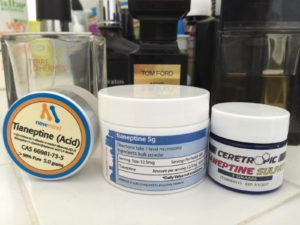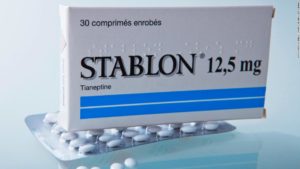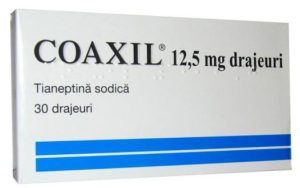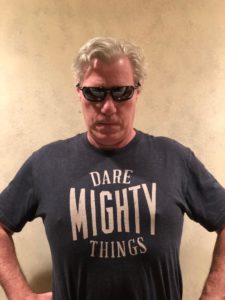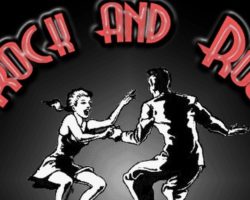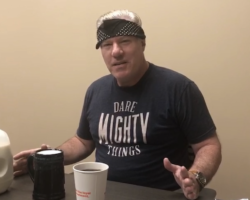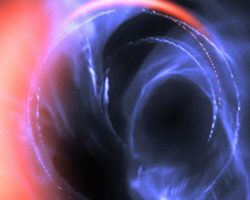Tianeptine Use and Abuse | What Will These Kids Think of Next?
Tianeptine use and abuse is all the rage these days. Although its been on the market since the 1960s in Europe, Asia and Latin America as Coaxil and Stablon it never received FDA approval to be sold in the US, but can be purchased without a prescription over the internet. Recently, the Centers for Disease Control (CDC) via the Morbidity and Mortality Weekly Report (MMWR – my favorite periodical) reported data from the American Association of Poison Control Centers (AAPCC) noting that calls involving tianeptine increased markedly from 2014-2017 and several death have been attributed to recreational tianeptine use and abuse. The report described an increase in phone calls to Poison Control Centers regarding tianeptine use, primarily among men (80%) with the total number of calls increasing from 5 in 2014 to 38 in 2015 to 83 in 2016 and 81 in 2017. More than 90% of the calls came from health care providers.
https://www.cdc.gov/mmwr/volumes/67/wr/mm6730a2.htm?s_cid=mm6730a2_w
In 2001, a review of tianeptine was published in the journal CNS Drugs which described tianeptine as “an antidepressant agent with a novel neurochemical profile.” According to the article, tianeptine increases serotonin uptake in the brain and reduces stress-induced atrophy of neuronal dendrites (the brain’s appendages – like hands and feet of brain cells). Like the selective serotonin reuptake inhibitors (SSRIs) and in contrast with most tricyclic antidepressant agents, tianeptine does not appear to be associated with adverse cognitive, psychomotor, sleep, cardiovascular or bodyweight effects. Sounds pretty good, right? The article also states that tianeptine has “a low propensity for abuse.” Not sure how they came up with that conclusion.
Different formulations of tianeptine available by prescription (Stablon and Coaxil) and over the internet (tianeptine HCL)
Interestingly, an article published in Translational Psychiatry in 2014 described an additional biochemical action of tianeptine – a mu-receptor agonist (stimulator). What does that have to do with tianeptine use and abuse? Well, opioids like morphine, heroin and oxycodone are also mu-receptor agonists – in fact, that’s what makes them such powerful pain controlling agents. The mu-receptor is the like the pleasure center – stimulation of it results in release of a variety of neurotransmitters that stabilize and elevate mood – which is why tianeptine is an effective antidepressant. It’s probably also the reason why recreational tianeptine use and abuse has become an issue recently.
Gassaway_et_al-2014-Translational_PsychiatryIronically, people are ordering tianeptine online as a type of “nootropic” drug – a smart drug. People with a predisposition to addiction quickly realize the pleasant, opioid-like effects of tianeptine. It doesn’t really make them smarter, but it sure makes them feel better. Like other opioids, tianeptine use results in feelings of warmth, safety and general happiness, along with decreased alertness, decreased blood pressure, heart rate and respirations, constipation and a general reduction in reflexes and central nervous system function.
Adverse effects of tianeptine use and abuse are exaggerations of the neurological, cardiovascular and gastrointestinal effects. In overdose, the neurological and cardio-respiratory effects predominate and death occurs by cardiorespiratory arrest. At least one published case report suggests that naloxone, a competitive inhibitor at the mu-receptor, can reverse the adverse effects of tianeptine and get people that stopped breathing to begin breathing again. No information about how much naloxone may be necessary to reverse the coma, respiratory depression and low blood pressure but my go-to regimen is to usually start with 2mg IV and if I don’t get the desired response I talk the nurses out of the tree and jump to 10mg IV. If I still don’t get any response, I endotracheally intubate the patient and start looking for another reason why the patient is in a coma.
A therapeutic dose of tianeptine to treat depression is typically 25-50mg/day. Internet blogs that advocate the use of tianeptine for improved concentration and elevated mood typically recommend dangerous dosages many times higher than those used for antidepressant effects. Tianeptine is not demonstrable on a typical urine drug screen (but then again, neither are many of the other opioids commonly used).
Poison Boy rule #24 – The Internet shouldn’t be your pharmacist.






